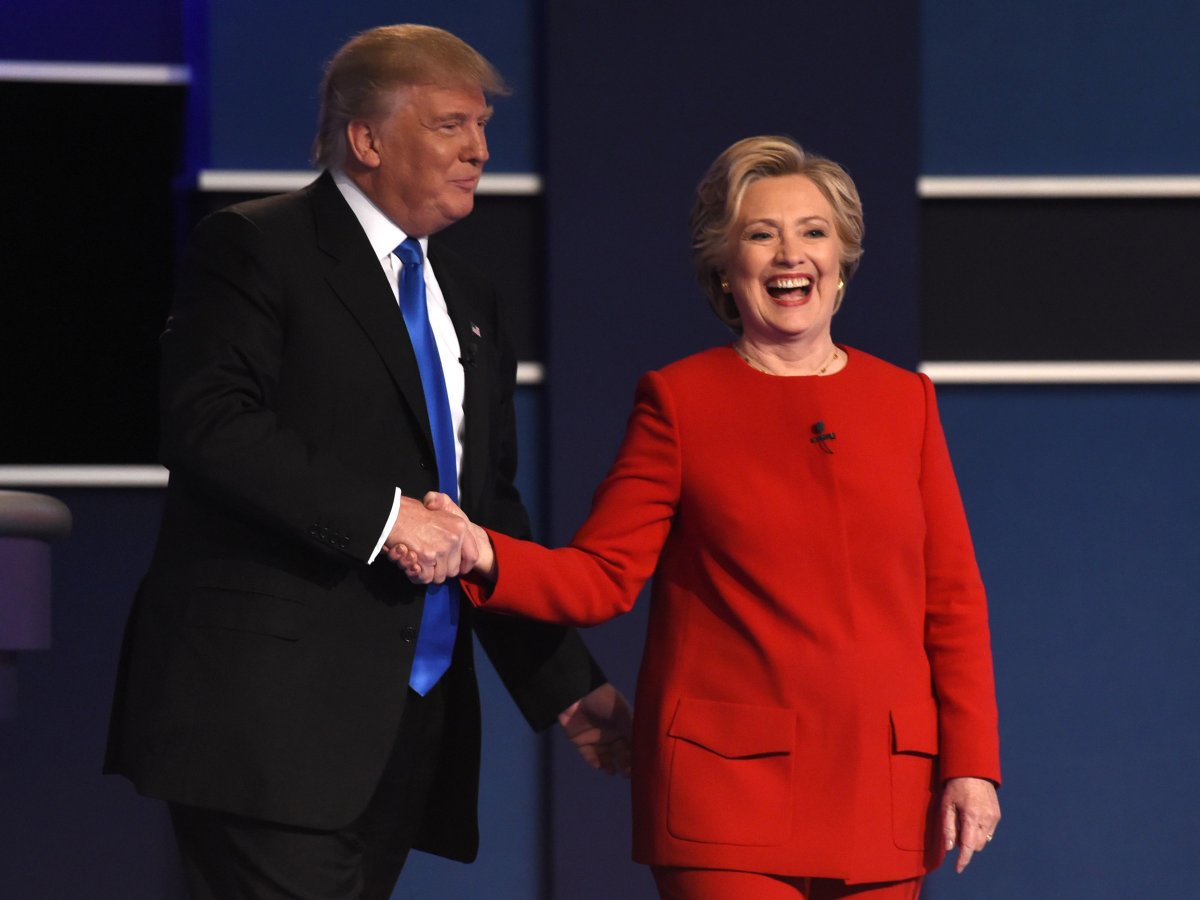Hillary Clinton and Donald Trump made their views on issues like trade and race relations in the United States very clear during their first presidential debate on Monday night, but what wasn’t clear was why they swapped party colours.

Clinton emerged for the debate in a sleek and streamlined cherry red pantsuit, a colour associated with the Republican party, while Trump wore a decidedly Democratic blue suit and tie.
Clinton wore the red well, punctuating the look with classic black kitten heels and an on-trend feline eye — a beauty style not often seen on the presidential hopeful. The candidates’ respective colour choices did not go unnoticed on social media.
“Colours give off very specific signals,” David Zyla, author of Color Your Style, said to BBC.com. “The same suit can be transformed with different tie colours, each with a very different impact and message.”
READ MORE: Trump v. Clinton debate: Promises, blunders from the first presidential debate
If we dig into the study of colour psychology, it reveals a lot more about the candidates’ respective choices beyond “messing with us.”
Red is associated with strength, power and determination, as well as danger and war, and it enhances metabolism, raises blood pressure and attracts attention.
Conversely, blue represents serenity, confidence and aloofness, and it can lower heart rate, improve clarity and inspire creativity. Blue is also one of the most popular and universally liked colours.
Judging by these definitions, it seems that Clinton’s red and Trump’s blue were meant to counteract the personality traits that they’ve been branded with by their respective opposing camps. Whether it actually worked remains to be seen, but in an election where “looks” and “temperament” are hotly contested, what they wear for the next debate might be as poignant as what they say.




Comments